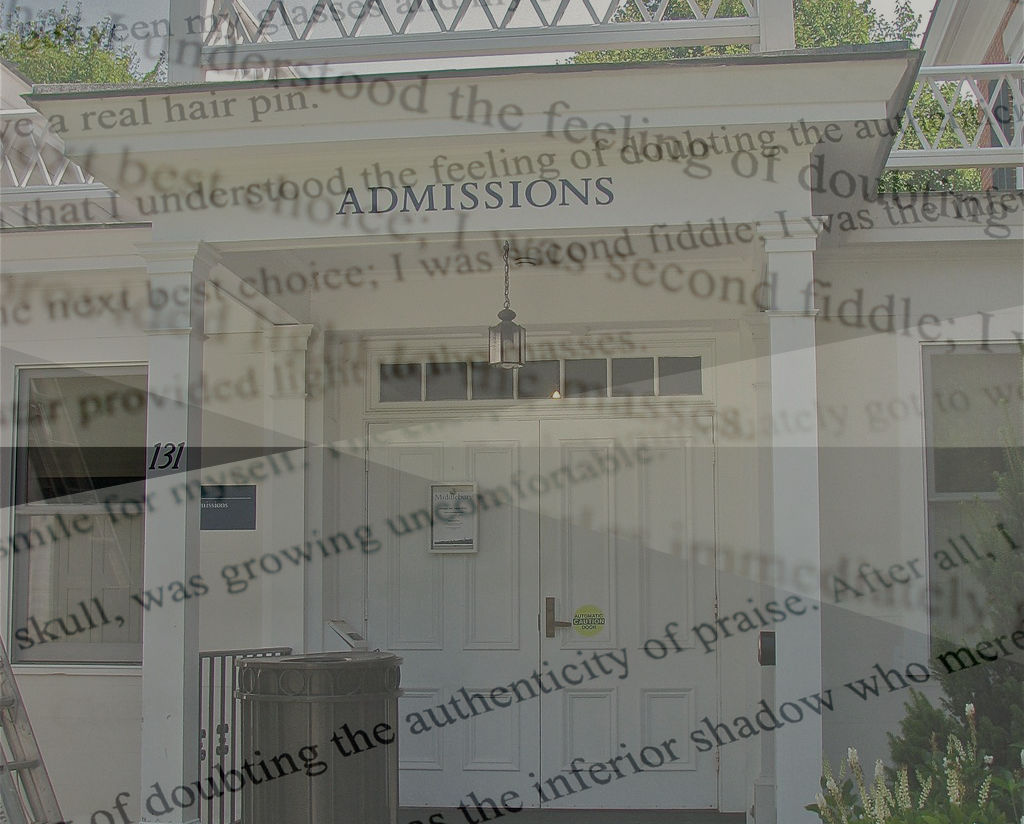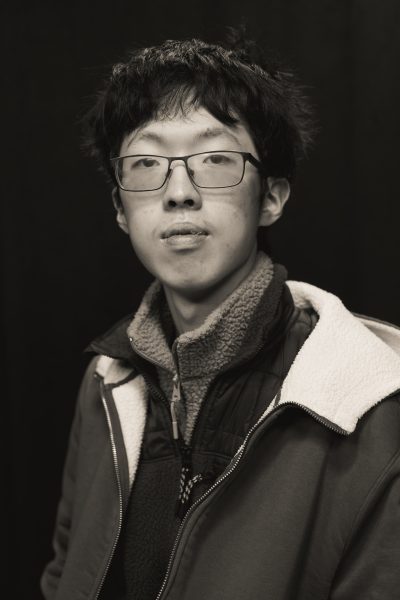November 1st, the traditional deadline for early-decision and early-action college applications, marks the end of the first major wave of the months-long application process, and for many in the Class of 2024, nothing was more stressful than the essays. Now, with another wave on the horizon, NASH seniors have gained perspective on the process of putting themselves on the page.
The two main types of essays that college-bound students are expected or encouraged to write are the Personal Statement and the supplemental essays.
The Personal Statement (also known as the Common Application essay) is a response to one of seven prompts–which remain relatively similar or unchanged year to year–that generally allows student to display their authentic selves through their writing.
The supplemental essays involve additional prompt that are either offered or required by the specific school a student is applying to.
Senior Risha Solanki had different plans for each essay.
“I always started with an outline to get my thoughts together if I knew what to write,” Solanki explained. ” It was also mood-based, as in, if it felt good, I’d write more. [It was] also [based on] the time of day. I would say I wrote personal essays better at night and more literal or simple essays during the day,” Solanki explained.
Senior Aneri Shethji took a similar, yet more straightforward approach.
“I went through one brainstorming phase where I just wrote out all the meaningful experiences and personality traits that I could comfortably write about. Then I just went for it and hoped for the best,” Shethji said.
For many, the Personal Statement was the more prominent of the two types of essays. For senior Kendall Mauro, the essay presented an opportunity to share her fascination with nature through a storytelling lens.
“I wrote about how nature, specifically foraging morel mushrooms, led me to a state of introspection through which I discovered that nature was my escape from the anxiety surrounding my younger brother’s cancer diagnosis when I was very young,” Mauro explained.
On the other end of the application spectrum, senior Ralph Abdel-Massih took a much simpler approach.
“I asked my friends what they were writing their essays on before using that knowledge to find something unique to me,” Abdel-Massih said.
For Solanki, the Personal Statement was the more challenging of the two types of essays.
“It was the hardest essay by far,” she said. “I made a list of all the things that have truly affected me that I could write about, while simultaneously just writing draft after draft of unfinished essays because I felt like I had to. I would say those drafts helped me narrow down essay topics. Throughout this, I made a list of things I wanted to show and include, but specifically, I wanted to incorporate references to literature, my family, growth, and times when I was creative.”
Supplemental essays, on the other hand, are much less widespread, since many colleges list them only as an option the application process. However, some applicants choose to dedicate themselves to completing all of the available essays.
“[I wrote] all of them. It shows I’m interested in the school,” Shethji stated.
For those applying to a large quantity of schools, the number of supplemental essays can quickly stack up.
“Right now, I have over 40 supplemental essays, but I can reuse essays, so I’m mostly okay,” Solanki stated.
It is not uncommon for students to ask for their essays to be reviewed by their peers, mentors, family, or any other person they feel comfortable sharing with.
“I would say to not have many people read your essays, mainly due to so many different opinions,” Solanki said, “and [to] only have those you feel comfortable with reading your essays–people who give strong criticisms, know you well, or know your writing style are all options. I had an advisor who was more than happy to review a majority of essays I wrote, and I went to Mrs. Rhinehart and other mentors for specific essay prompts.”


